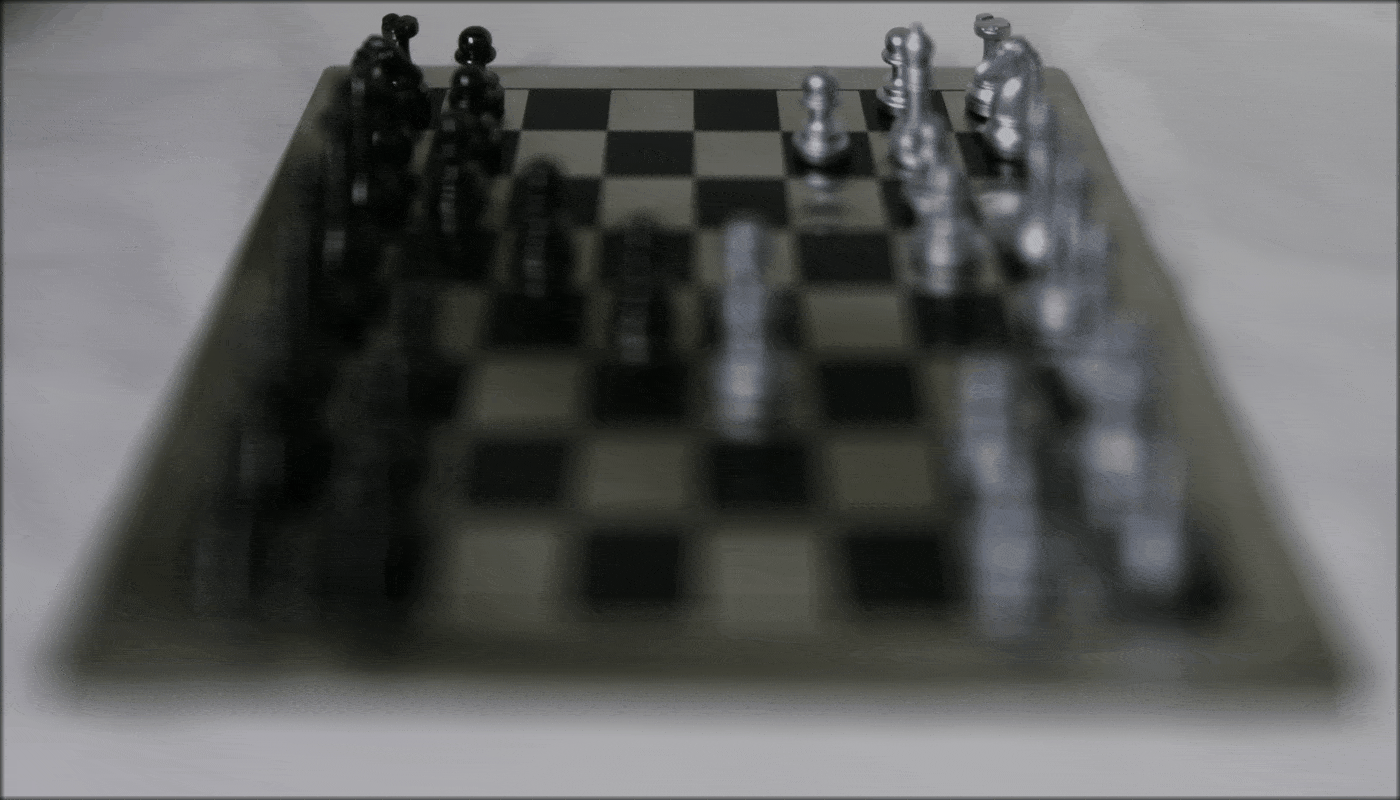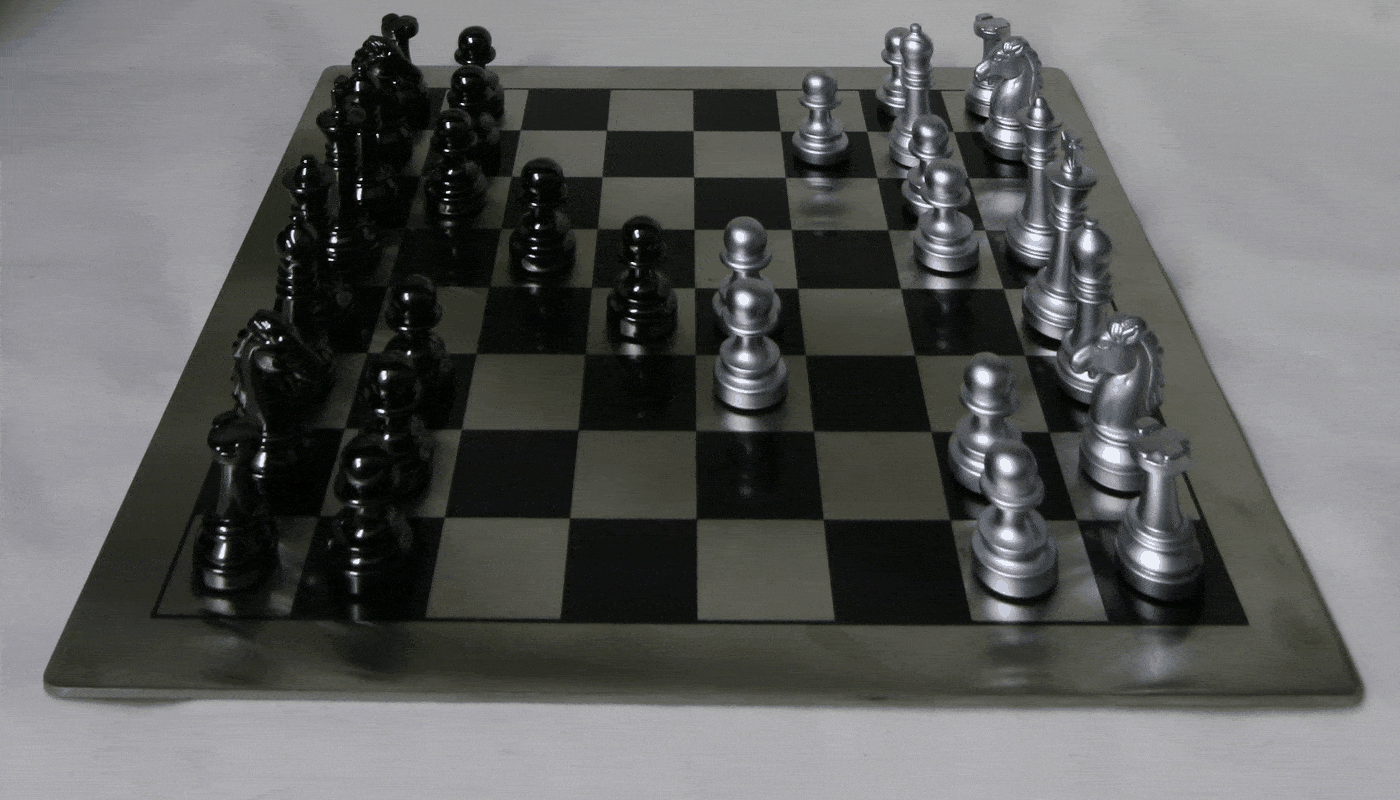
|
This project focused on reproducing the effects of light field cameras, which take multiple images and combines them. Because the result image is composed of many individual images from slightly different perspectives, properties of the photo like focus area and aperture can be altered.
This part involved computing an average of shifted images. To do this, each image is shifted relative to its distance from the center image 08_08. By finding the shift for each image and scaling it by some constant, we can adjust the focus plane in the output image. This can be described as (image_x - center_x, image_y - center_y) * c. A positive c shifts the focus plane futher away, and a negative c brings it closer. For instance, the chessboard gif has c values [-.5, .1].

|
This part involves digitally simulating a smaller or larger aperture. This can be accomplished by averaging images in a variable distance from the center. A smaller radius simulates a small aperture, and a larger radius simulated a larger aperture. This gif below shows the result of varying the radius (0-13) and its effects.

|
I came into this project with some basic knowledge of light field cameras, having taken CS184 with Professor Ng last semester. It was very interesting to perform these lightfield operations and see their resultant effects on the focus plane and aperture. Actually reproducing the shifting and averaging operations has really helped me wrap my head around how a light fields enable an image's focus plane or aperture to be changed after it was taken.